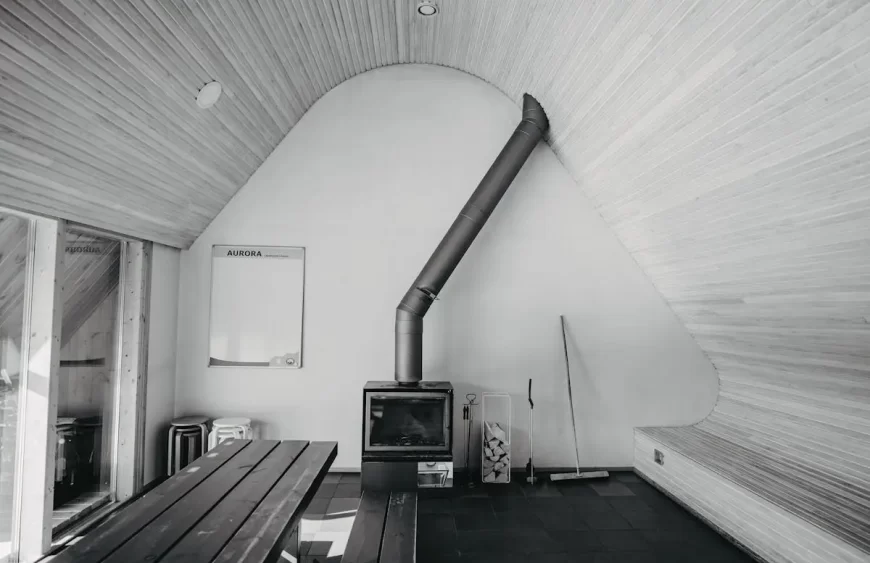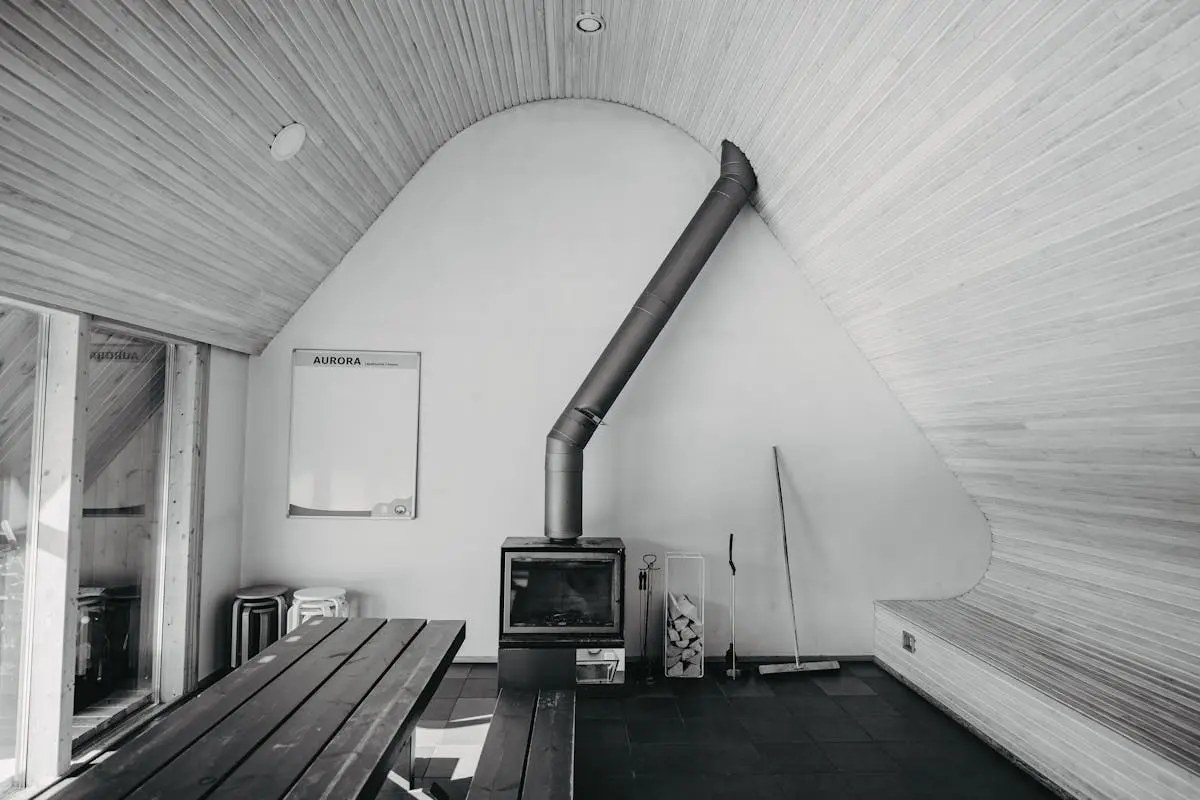10 Tips for Maintaining Your Fireplace Chimney Sweep Efficiency
October 9, 2024 2024-12-05 7:5710 Tips for Maintaining Your Fireplace Chimney Sweep Efficiency

10 Tips for Maintaining Your Fireplace Chimney Sweep Efficiency
Fireplaces are a charming and cozy feature in any home, but they do require regular maintenance to ensure they operate efficiently and safely. Whether you’re a DIY enthusiast or regularly hire a professional, understanding how to maintain your fireplace chimney sweep can save you time, money, and possibly even prevent hazards. Here are some friendly and simple tips to keep your chimney in top shape.
1. Understanding Your Chimney System
Before diving into maintenance tips, it’s important to have a basic understanding of how your chimney system functions. This insight will help you better care for it.
Your chimney is not just a simple smoke escape route. It consists of several parts, each playing an essential role in the safe and efficient operation of your fireplace. The firebox holds the fire, while the flue navigates smoke and gases outside. A well-functioning chimney system ensures that the smoke vents out properly without compromising indoor air quality. Knowing your chimney’s components can aid you in spotting problems early and maintaining a more effective fireplace chimney sweep, reducing creosote buildup risks, which may cause chimney fires.
2. The Importance of Regular Inspections
Regular inspections are crucial to spotting any issues early on. Learn when and how often your chimney should be checked.
Professionally inspecting your fireplace on a yearly basis is critical. It helps identify any obstructions or wear and tear that could lead to dangerous outcomes if left unchecked. An annual inspection aligns with recommendations from the National Fire Protection Association, ensuring your chimney provides safe, efficient operation, crucial before lighting up for the season.
3. Cleaning Schedule Suggestions
Establish a cleaning schedule to keep your chimney free from debris. Here’s a guide to getting started.
When it comes to keeping your chimney operable, a solid cleaning routine is vital. For wood-burning fireplaces, a comprehensive cleaning might be necessary once or twice a year, depending on usage. A clean chimney not only prevents harmful creosote buildup but also helps avert the risk of fires, making regular chimney sweeping an essential maintenance step.
4. Spotting the Signs of Soot and Creosote
Learn how to identify the buildup of soot and creosote, common byproducts of burning wood that can pose risks if ignored.
Recognizing the signs of soot and creosote buildup can save you from costly repairs or safety hazards. Regularly check your chimney for a dark, tar-like substance. If you notice more than a 1⁄8 inch of creosote, it’s time for a cleaning, as this could escalate into a significant problem, heightening the risk of a chimney fire. Understanding these signs can help you maintain a safer home environment.
5. Choosing the Right Tools for the Job
Having the right tools makes the job easier and more efficient. Here’s a list of essential tools for chimney maintenance.
Selecting appropriate tools is critical to effective chimney maintenance. Essential items include chimney brushes, rods with flexible handles, and a flue cleaning brush. Investing in a sturdy ladder, a dust mask, and safety goggles will also ensure your safety. Choosing the right tools isn’t just about ease of maintenance but about improving safety throughout cleaning.





